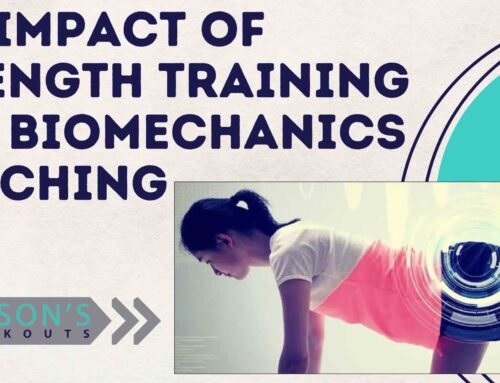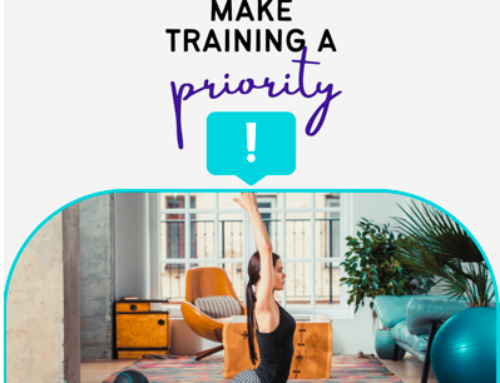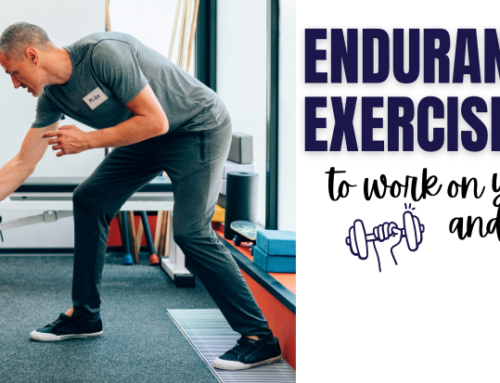A big revelation happened after watching this Ted Talk by Stacy Sims. She explains how research around sports performance is done on men because “women are an anomaly”. This means that the fact that women menstruate has led to us women being ignored by sports research. Luckily she has taken this up and done her own research and she lays out her findings in a book called “Roar”.

Photo by The Female Company on Unsplash
I would like to share with you what I learned about the phases of your menstrual cycle and how to adapt your training to get better results. I have simplified it a bit, so if you want to dig into the details, you can read the book.
I have been tracking when my period falls for many years. I really recommend you do this so you can use this information to help plan your training sessions. Adding more information about your health to this tracking can be useful too. You can do this on paper or you can download a period app on your phone.
A menstrual cycle lasts on average 28 days, but this can vary. This blog assumes it is 28.
The first day of your period counts as day one of your cycle. The first two weeks of your menstrual cycle your hormones, estrogen and progesterone, are low. During this time your body can make its strength gains. Recovery is fast and you are less likely to feel pain.
Ovulation takes place in the middle of your cycle. This is when an egg is released from the ovary.
The last two weeks of your cycle is when your hormones start to ramp up, to prepare the linking of the uterus for egg implantation, reaching the highest around 5 days before your period – cue PMS symptoms. Exercise will feel harder these days because it is more difficult for your body to make muscle. Estrogen reduces the ability of muscle to grow and progesterone increases the breakdown of muscle.
It sounds like we can’t really win during this phase, doesn’t it? Especially the last week of the cycle is a good time to dial down your intensity of training. If you compete in sport during this period, don’t worry, the book comes up with some tips to help you perform.
So, during this last week of your cycle try to reduce the intensity and duration of your training sessions. Everyone will experience their cycle slightly differently, but I have been putting this into practice for over a year now and I really find that it makes training a lot better. Because I train less in the week before my period starts, I find that it is less often that I am forcing myself through sessions that feel terrible and where I am getting nowhere.
Unfortunately, I haven’t been able to race to see if it makes a difference to overall performance. Hopefully this year….
I am curious to hear from you. Are you tracking your period and train accordingly? Did you notice any difference? If the answer is yes, please share with us your experience.
If the answer is no, I do invite you to give it a go.
Have a look at the classes we have available and take advantage of a trial session for free.
Author: Lorna Wilson
Like what you see? Then send me a message or e-mail. We can meet up for a chat and find out how I can help you improve your training and help reduce injury risk.
06 460 377 74 / lorna@wilsonsworkouts.nl





[…] you don’t already know what is going on during a menstrual cycle, you can catch up on this article here. As you can see, during the menstrual cycle, oestrogen and progesterone level rises and falls […]
[…] own menstrual cycle. If you want a reminder of how best to train around your menstrual cycle then read this blog. In the end I didn’t compete as we had a friend’s funeral that day. So if you are looking for […]